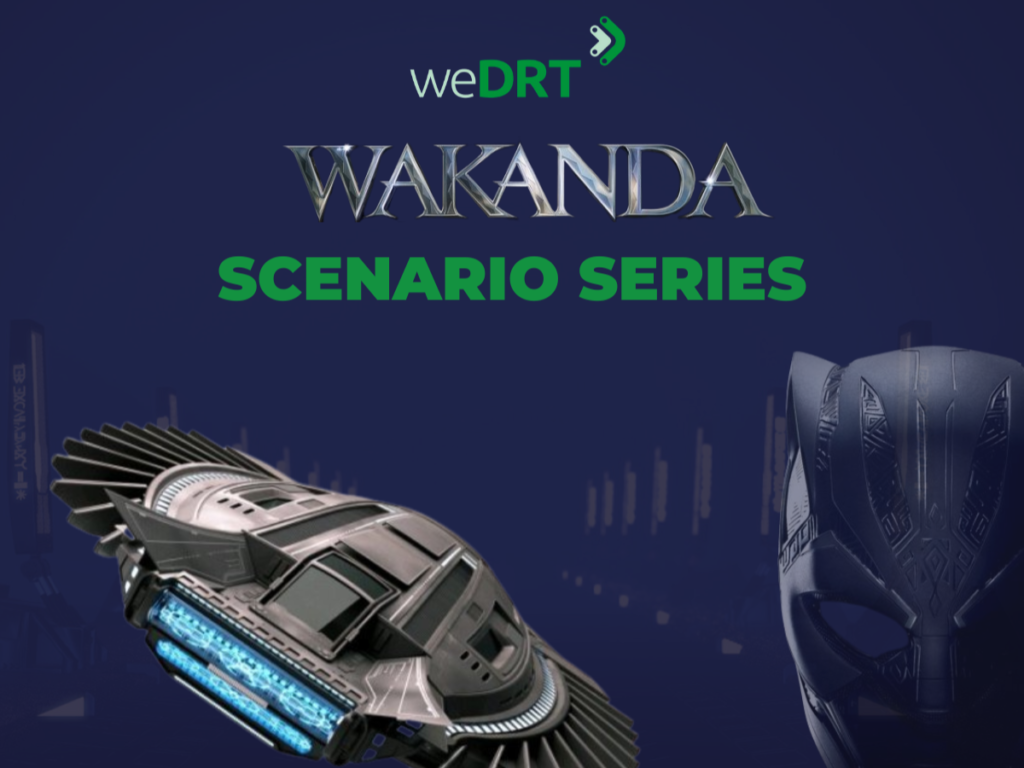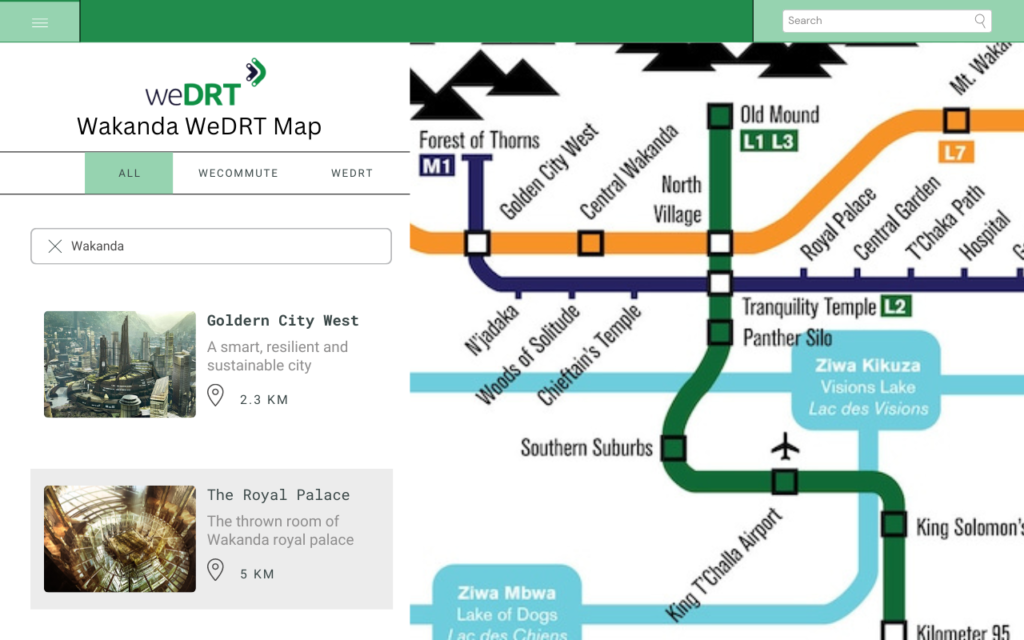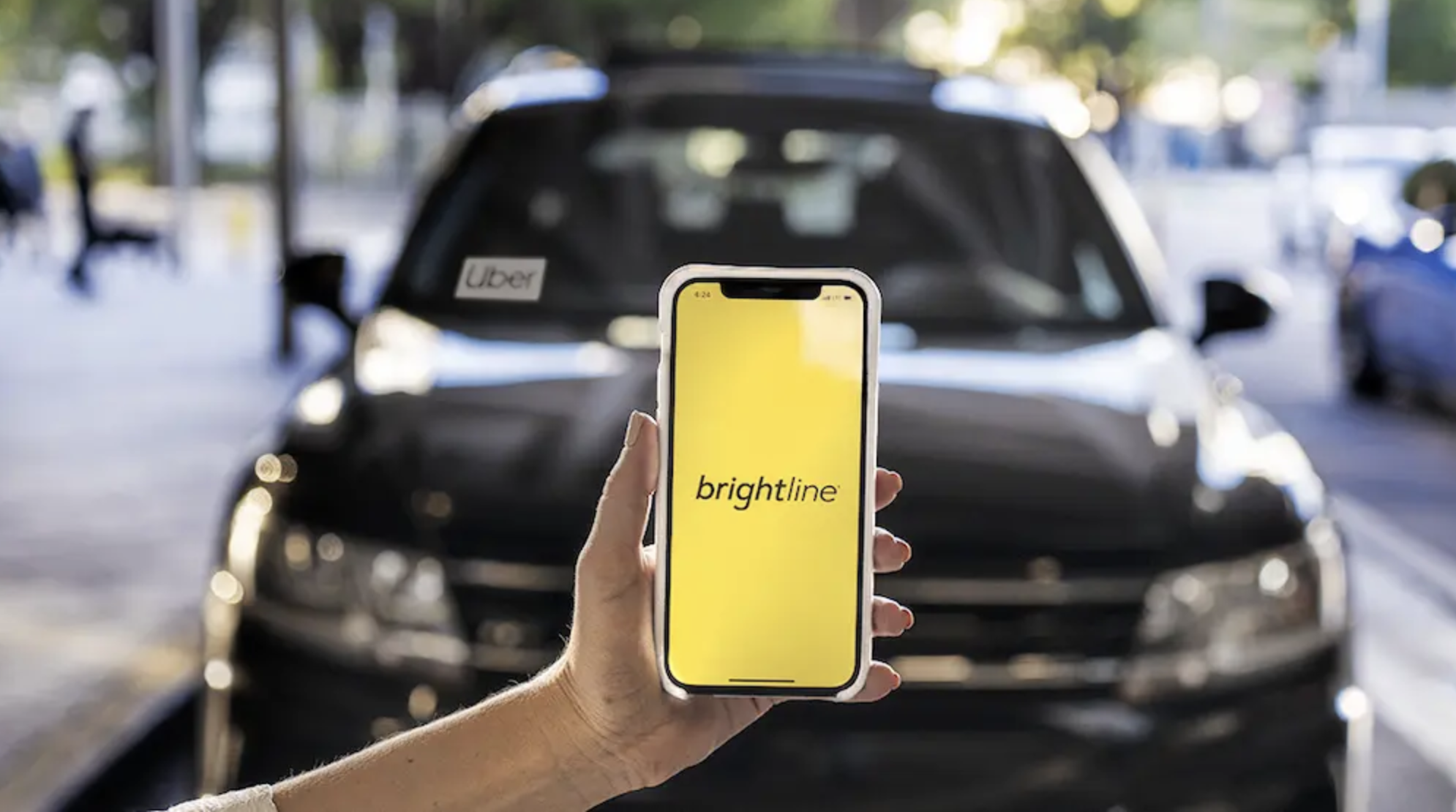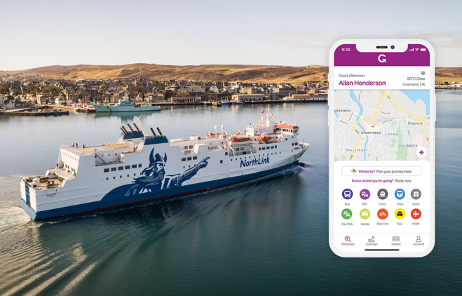Welcome to the second of weDRT’s Scenario Series. For each edition, we will analyse one case study for the implementation of Demand Responsive Transport (DRT) in that area.
Welcome to the second of weDRT’s Scenario Series. For each edition, we will analyse one case study for the implementation of Demand Responsive Transport (DRT) in that area. These may be real-life or fictional locations. Based on our experience in launching and scaling DRT, we will provide a hypothetical solution to the local challenges for public transport in the chosen area. We hope you enjoy this series of content, and that it prompts discussion and opinions in the comments. Please get in touch if you would like any further information about any of the scenarios we analyse.

Wakanda, the fictional African nation at the heart of Marvel Studios’ Black Panther, is a dazzling, technological utopia chock-full of science fiction gadgets and gizmos.
The city is a transit buff’s dream come true, with an array of cool planes, trains, and cars — and just a dash of reality to ensure these futurist dreams maintain some believability.

The city uses a multidimensional transit system that helps distribute traffic vertically, not just horizontally, thereby alleviating congestion and increasing overall efficiency. Wakanda illustrates the benefits of this approach and can help us visualise why investment in subterranean transit and drone taxi programs, like those being explored by Uber Elevate and Dubai, is worthwhile.
While this multidimensional approach is far from reality there are some things we can do to recreate a similar outcome that alleviates congestion and improves the efficiency of public transport and road-based mobility.
If we were given a blank canvas to plan a city’s transport we wouldn’t expect the majority of people to invest in a massive asset that depreciates as soon as you bring it out of the shop. We wouldn’t plan a city’s transport network around carrying a big lump of metal with us taking up a lot of road space and requiring a big parking infrastructure.
If given the opportunity to start from scratch and plan a mobility infrastructure we would focus on maximising travel efficiency, reducing the amount of vehicles on the road and improving the connectivity between peri-rural areas and cities.
Transport is currently responsible for a quarter of CO2 emissions. To combat this, a global shift to public transport, walking and cycling is needed, reducing car use alongside a transition to zero-emission vehicles. The proportion of public transport journeys in the world’s cities must double in this decade to bring global emissions down, in line with keeping the temperature rise to 1.5°C.
That is why we have to plan our cities like sci-fi movie writers, we need to think outside the box and assume people either can’t or don’t want to drive everywhere. Improving a city’s transport network has numerous benefits from reducing living costs to improving access to skilled labour and overall making the city more sustainable. Transport is also multi-modal; people get around in many different ways. Cars still dominate for UK commuters, but cities bring together different modes of transport that need to seamlessly connect with one another.
Shifting a city’s dominant transport mode from private cars to mass transit can prevent sprawl and promote liveable density, affecting land values and carbon footprints for decades to come. Being able to move efficiently and affordably enables equity and upward mobility by creating access to jobs and education. Switching to electric transport can enhance energy independence by reducing reliance on imported fossil fuels.
The electrification of vehicles is a key component to a greener commute and a sustainable future; however, this needs to happen in tandem with a modal shift to mass transit.
What insights can we take from Wakanda?
- Pedestrian first approach, promoting active travel
- Multidimensional traffic – not just horizontal. Vertical and underground
- Better transit/travel helps balance development and nature
This article was originally published by WeDRT.




